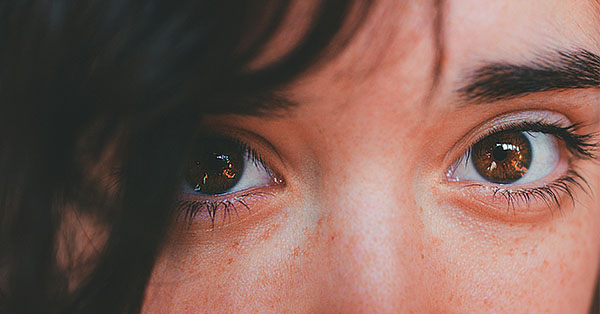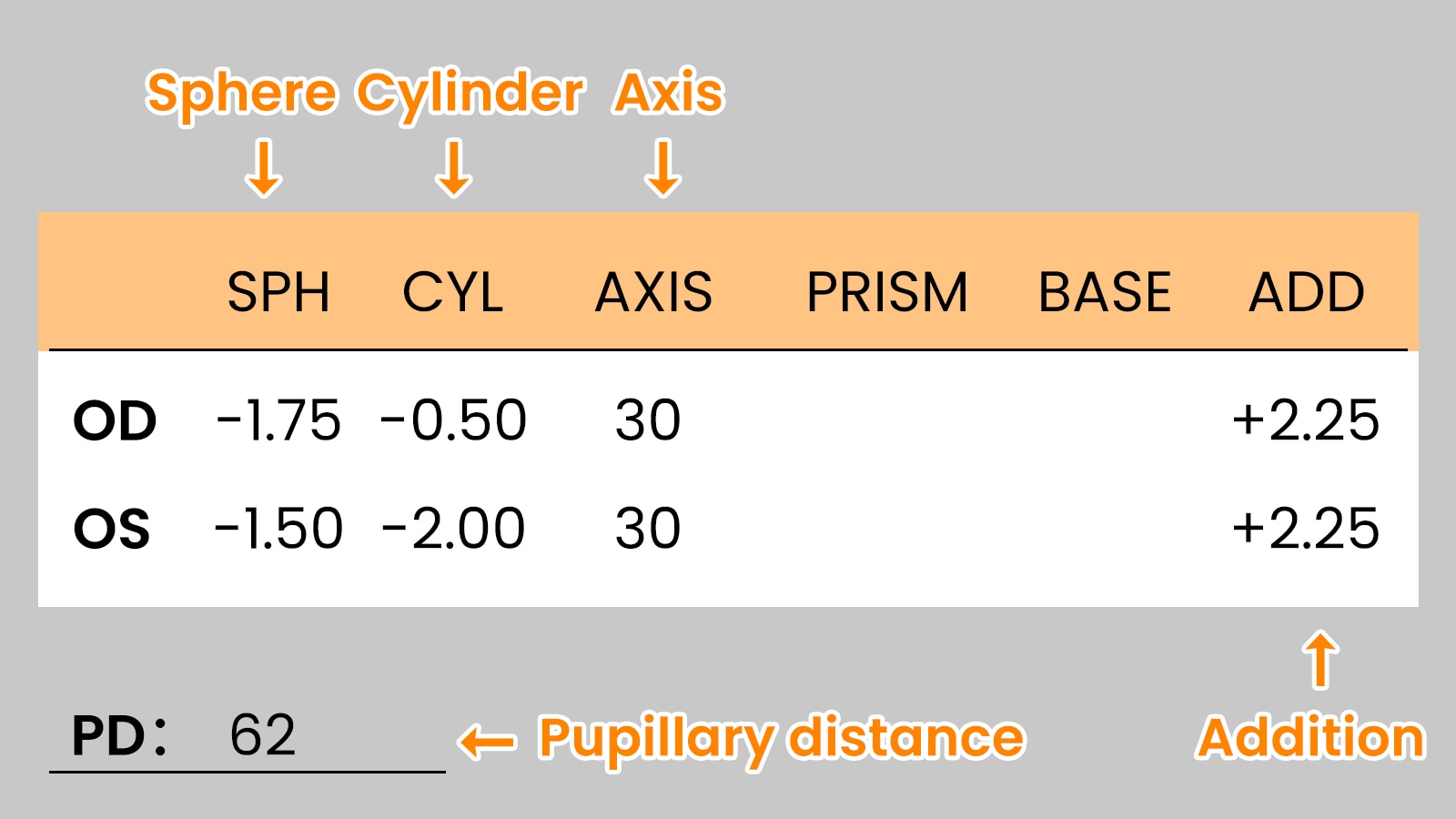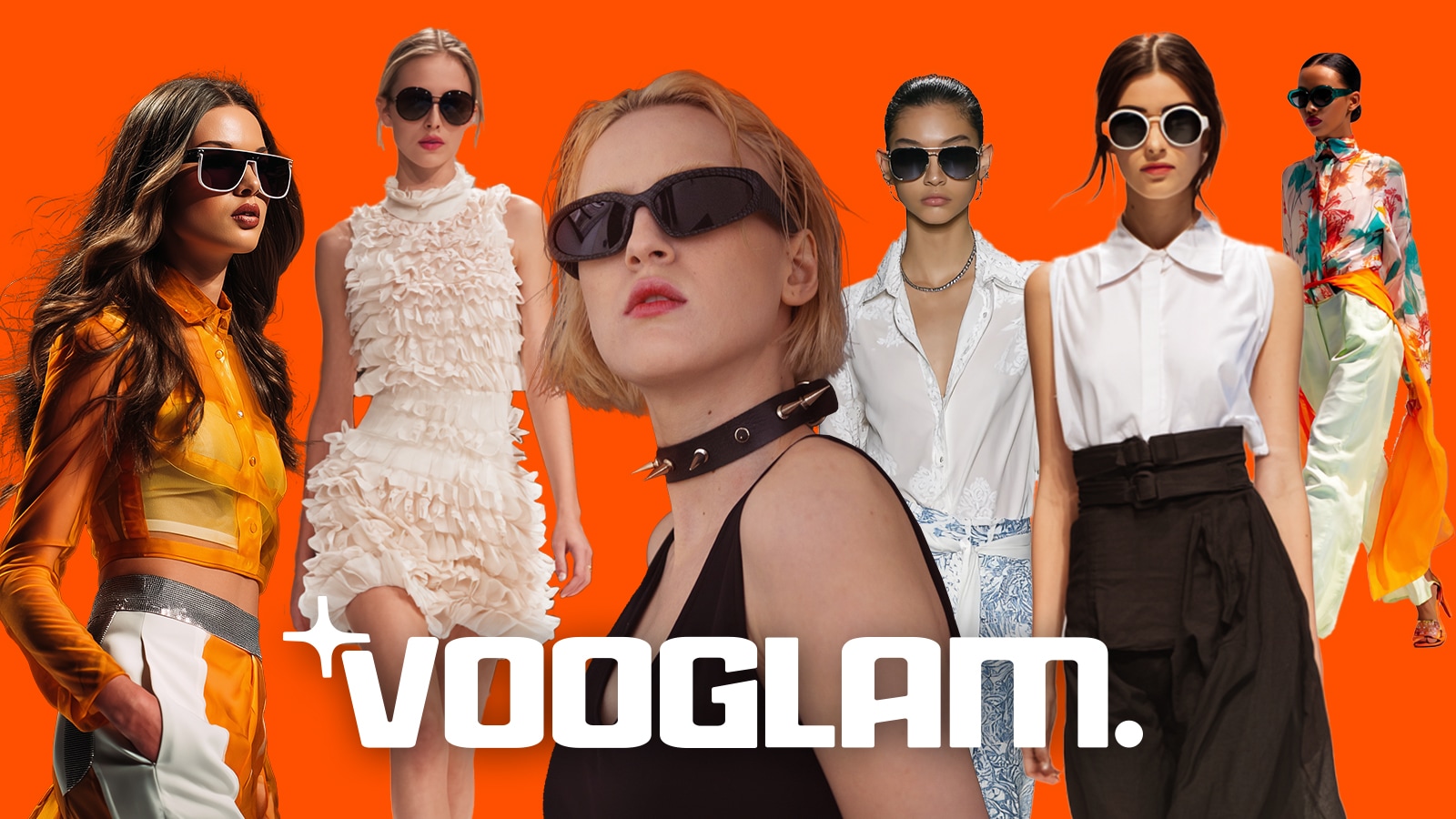
Guide to Picking Glasses That Suit Your Face Shape Perfectly
February 27,2023

What is Boho Style? A Comprehensive Guide to Boho-Chic Fashion
February 13,2025

Virtual Glasses Try On - Find Your Perfect Pair Online
April 02,2024

UV Protection Glasses VS. Blue Light Glasses - Vooglam
July 20,2023

Newest Style Modern Trendy Mens Glasses | Vooglam
March 01,2024

Stylish Reading Glasses: Blending Fashion with Functionality
February 16,2023

What are photochromic lenses & glasses?
September 22,2023

Brown Eyes: The Beauty of the Most Common Hue
September 01,2024

The chubby face glasses for round face female
August 02,2023

What are prisms in eyeglasses?
March 20,2023

What are Bifocal Lenses? - Vooglam
April 14,2023

How to Read Your Eyeglass Prescription?
March 11,2023
Why You Need Polarized Sunglasses Built for Winter
You wouldn't wear flip-flops in a snowstorm. So why are you wearing beach sunglasses?
Winter glare is different. It's harsher, more dangerous, and your summer shades weren't designed to handle it.
Here's why polarized sunglasses winter gear needs to be winter-specific.
See Winter, Not Glare: Why Snow Is Harder on Your Eyes Than Sand
Snow reflects up to 80% of UV rays back into your eyes. Water reflects 25%. Sand reflects 15%.
The difference isn't small. It's massive.
Add the low winter sun angle, and you're dealing with direct glare all day long. Morning commute? Glare. Afternoon walk? Glare. The sun never gets high enough to give your eyes a break.
Then there's the white-on-white problem. Your brain needs contrast to see depth and distance. But winter terrain is all the same color. Regular tinted lenses can't fix that. You need something better.
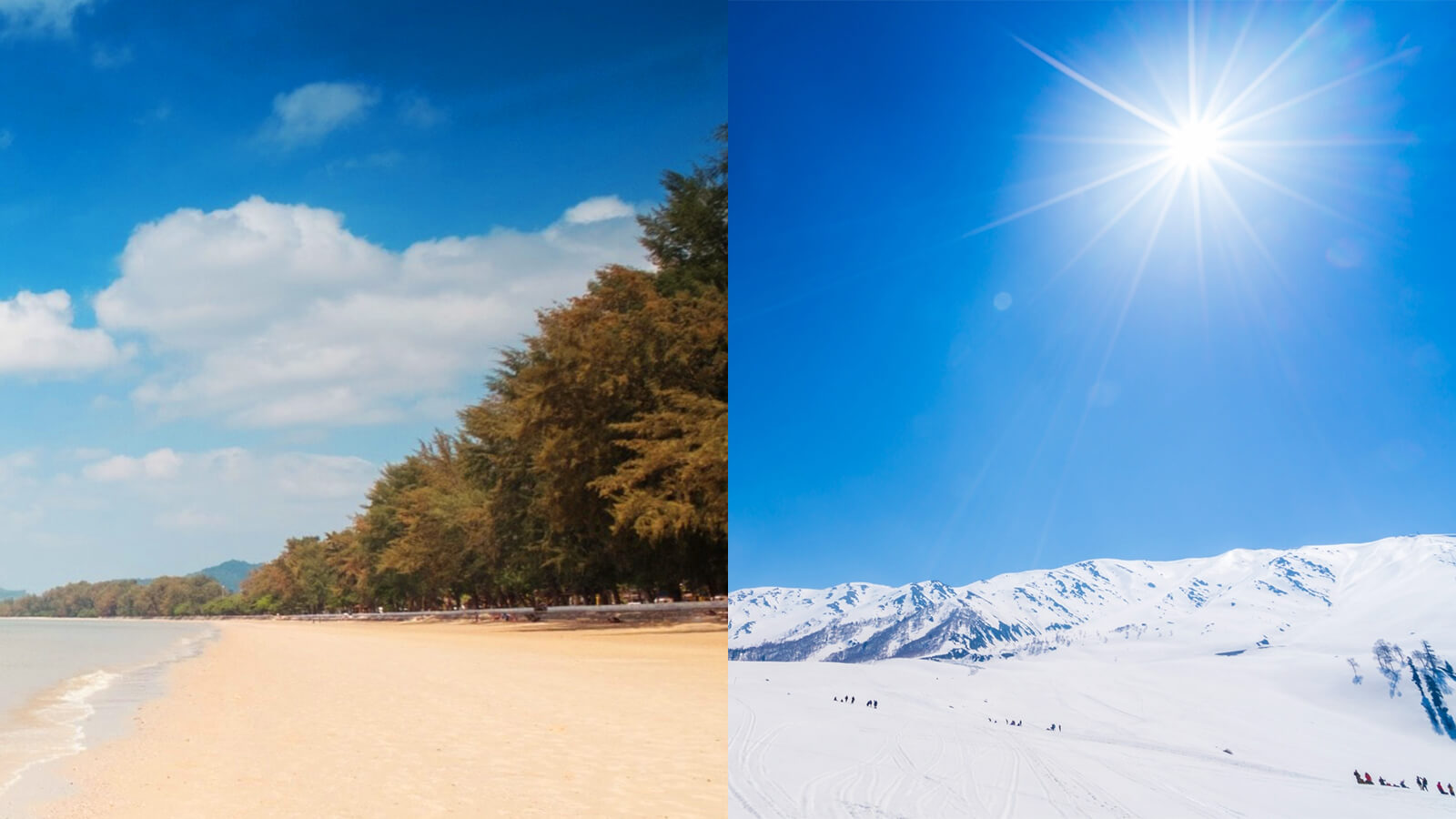
Your Beach Sunglasses Weren't Made for This
"Polarized" isn't a one-size-fits-all solution.
Beach sunglasses block glare from water. That's what they're designed for. But snow glare sunglasses need to do more.
Winter-specific lenses enhance contrast on white terrain. They help you see texture and depth when everything looks flat. They're built to handle the unique challenges of snow and ice.
Frame design matters too. Cold-weather frames don't crack in freezing temps. They fit over beanies and under helmets. They block side glare and keep wind out of your eyes.
Your beach pair can't do any of that.
The Science: How Polarization Cuts Winter Glare
Light reflects off flat surfaces in horizontal waves. Snow, ice, and wet windshields all create this horizontal glare.
Polarized lenses have a vertical filter. This blocks horizontal light while letting vertical light through. The result? Glare disappears.
But there's more to it than just blocking light.
Quality winter lenses reduce eye fatigue. They give you sharper vision in challenging conditions. They restore true color perception in flat light, so you can actually see what you're looking at.
Regular tinted lenses just make everything darker. Polarized lenses make everything clearer.
Learn more about Polarized Lenses: What Do Polarized Lenses Do >>
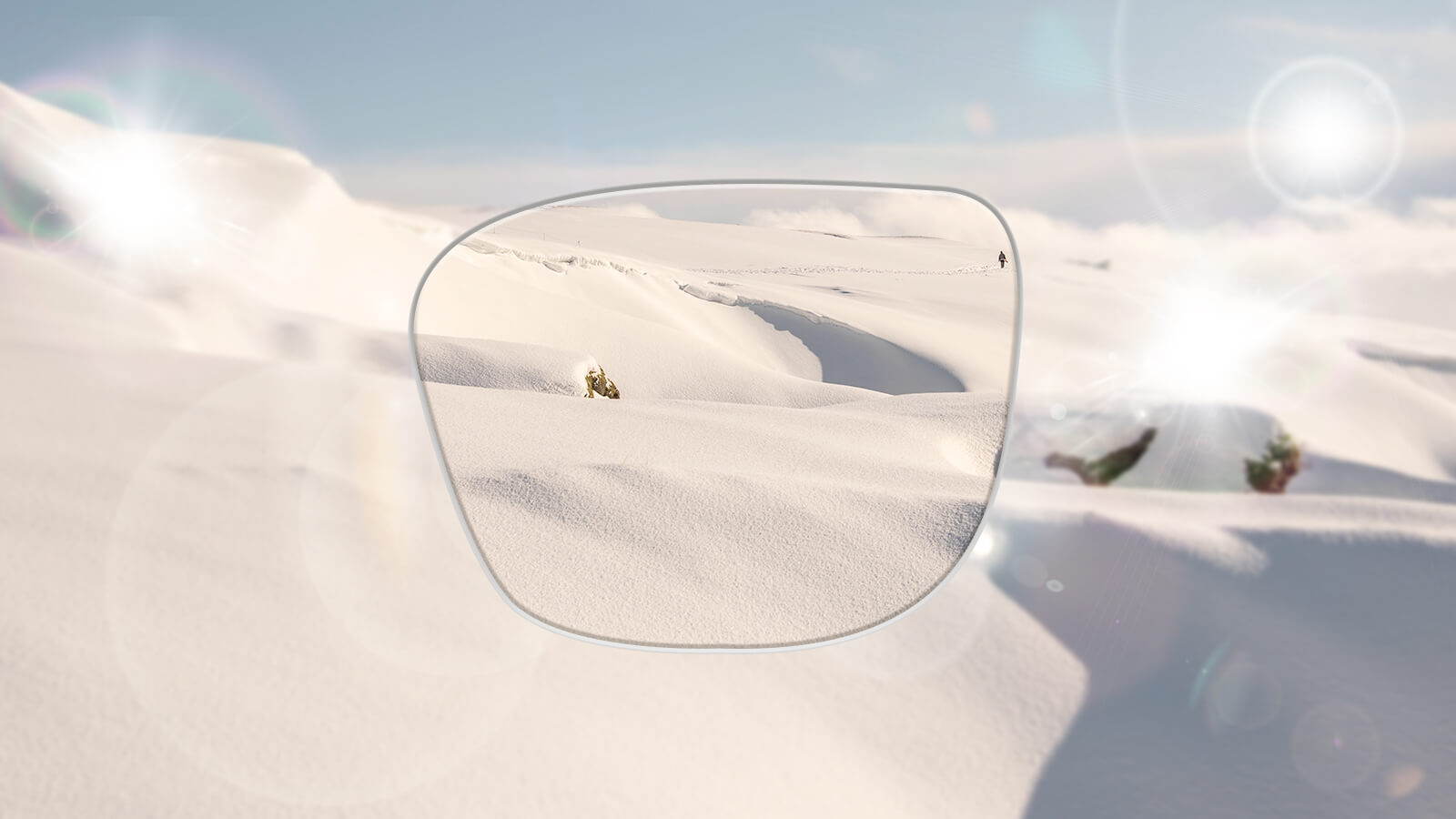
Real Winter Scenarios Where Glare Costs You
Morning Commutes Through Fresh Snow
You're driving to work. The sun is low. Fresh snow covers everything. You literally cannot see the road.
This isn't just annoying. It's dangerous. Winter eye protection isn't optional when you're behind the wheel.
Trail Running or Hiking in Bright Conditions
Ice patches blend into the trail. You can't see where firm ground ends and slippery surface begins. One wrong step and you're down.
Proper lenses show you those details.
Skiing and Snowboarding
White blur versus terrain features. That's the difference between good lenses and bad ones.
You need to see moguls, ice patches, and changes in slope. Your speed depends on your ability to read the terrain. So does your safety.
Ice Fishing, Snowshoeing, Winter Photography
Any outdoor winter activity demands clear vision. Glare ruins the experience and increases risk.
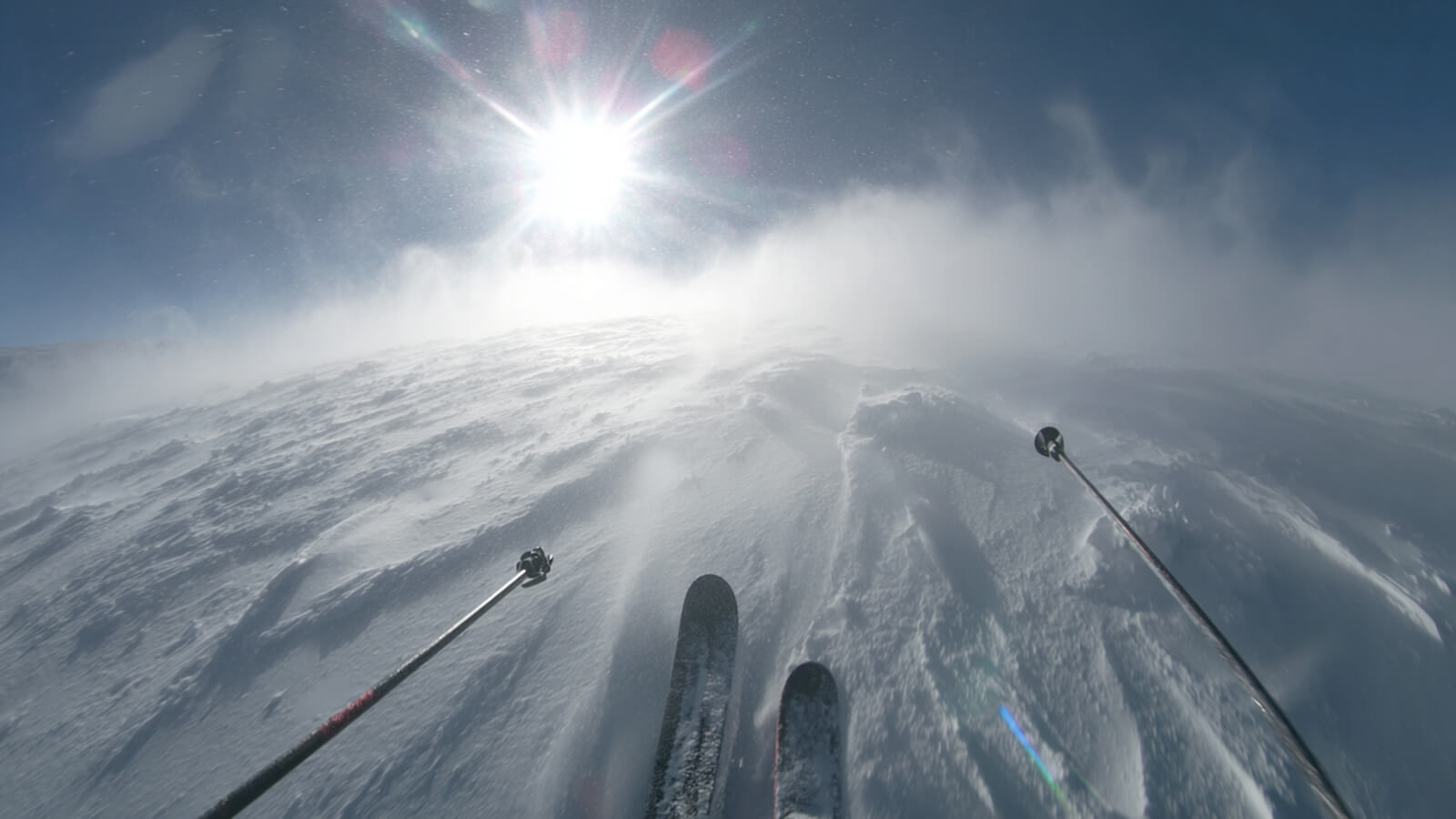
How to Choose Polarized Lenses for Winter
Look for UV400 protection. This blocks 100% of harmful rays. Remember, snow amplifies UV exposure.
Consider contrast-enhancing tints. Amber and rose help you see terrain features. Gray gives you true color. Each has its place depending on conditions.
Check the frame materials. They need to withstand cold without cracking. And they should fit comfortably with winter hats and helmets.
The good news? Winter lenses don't have to look technical. Modern designs blend style with function. You can wear them on the mountain and in the city.
Find the right Polarized Lenses for you: Polarized Lenses Collection
When Winter Glare Peaks (And You're Not Ready)
November through March is peak glare season. Low sun plus snow equals maximum eye strain.
But here's what most people don't know: spring skiing is the worst. Late-season sun combines with bright snow to create brutal conditions. If you think winter glare is bad, wait until March.
Don't wait for December to get proper eyewear. First snow means first glare. And you want to be ready before it hits.
The Bottom Line
Your beach sunglasses served you well in summer. But winter is a different game.
Polarized sunglasses winter technology needs to match winter conditions. Better lenses mean better vision. Better vision means more comfort and safety.
Stop squinting. Stop compromising. Get sunglasses actually built for the season you're in.
Your eyes will thank you.

Vooglam Blog
Vooglam blog shares professional knowledge about eyeglass frames, lenses, etc., and provides help when purchasing and using eyewear products. At the same time, Vooglam focuses on fashion glasses to interpret the trend of glasses for you.

Why You Need Polarized Sunglasses Built for Winter
You wouldn't wear flip-flops in a snowstorm. So why are you wearing beach sunglasses?Winter glare is different. It's harsher, more dangerous, and your summer shades weren't designed to handle it.Here'
November 11,2025
How Long Is a Glasses Prescription Good For? (And Why They Expire)
It’s a familiar frustration: you’re ready to buy a new pair of stylish glasses, you find the perfect frames online, but when you go to check out, you see it. An expiration date on your eyeglass prescr
November 09,2025
Why Is My Eyesight Getting Worse? A Clear Guide to Causes and Next Steps
It can feel a bit worrying when you realize your eyesight is not as clear as it once was. You may be holding your phone a little farther away, or squinting to read signboards that used to look fine. A
November 03,2025
The Vooglam Guide to 2026's Hottest Sunglasses Trends
You know that feeling right before a new year starts? A mix of excitement and “let’s try something new”? That’s where we’re at.2026 is all about self-expression. Sunglasses aren’t just an accessory; t
November 03,2025


















